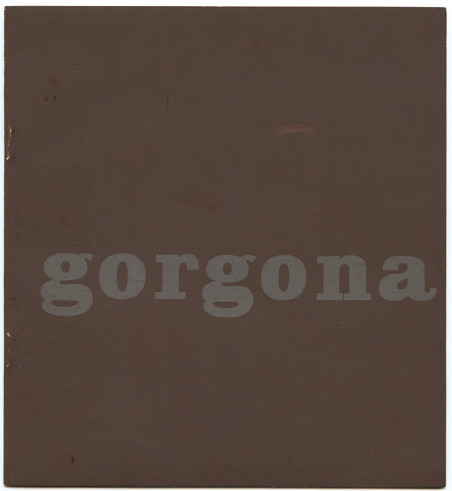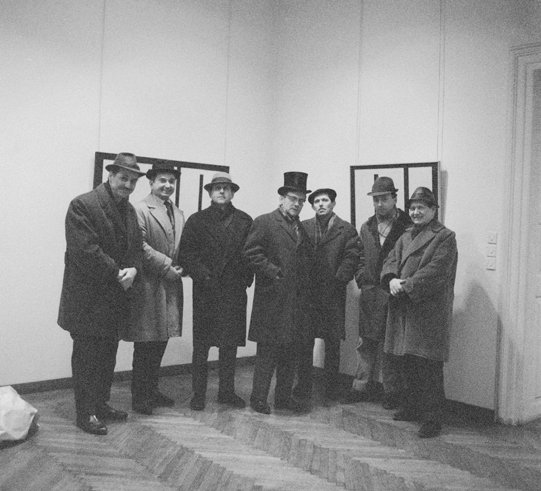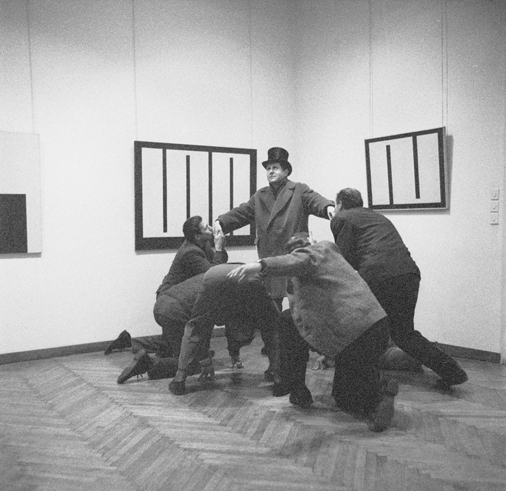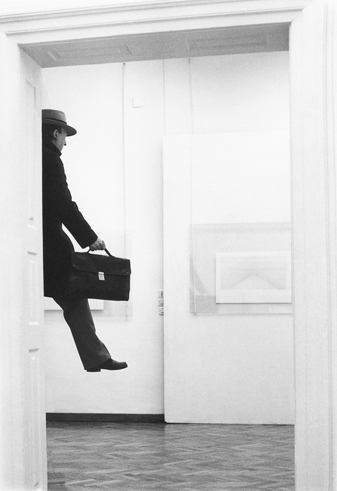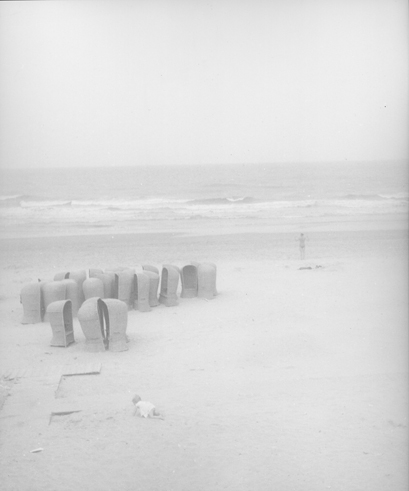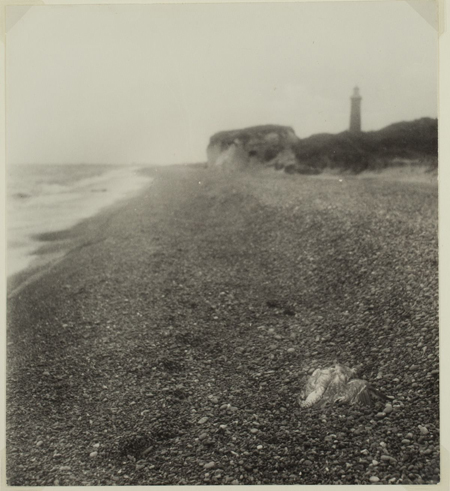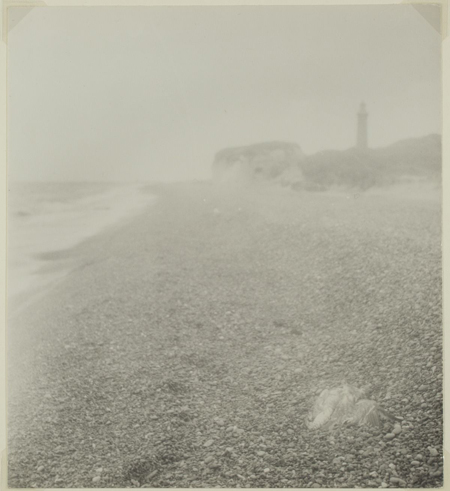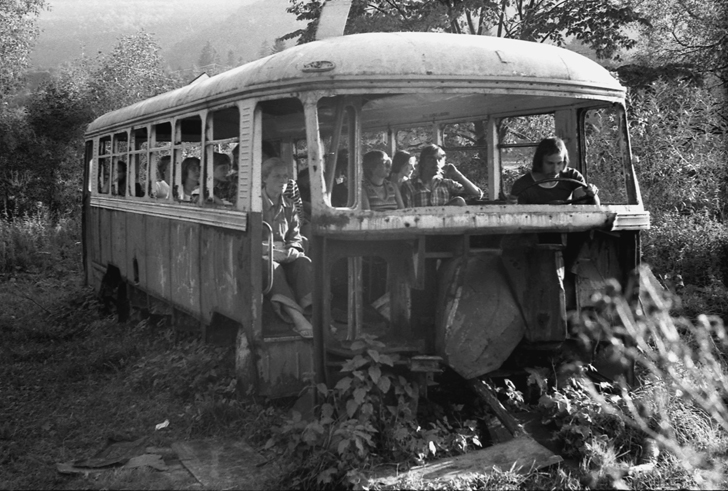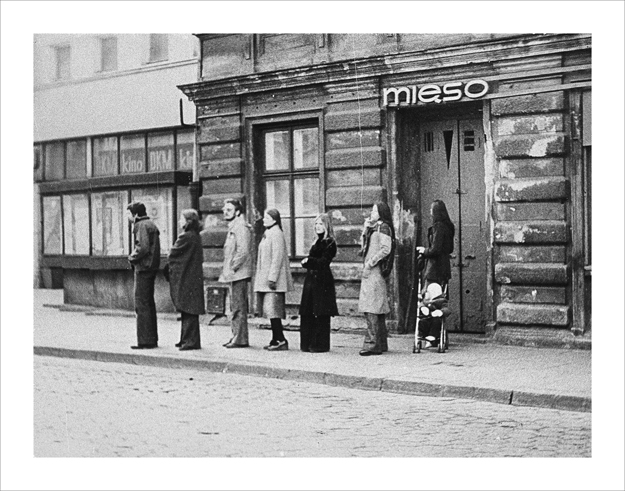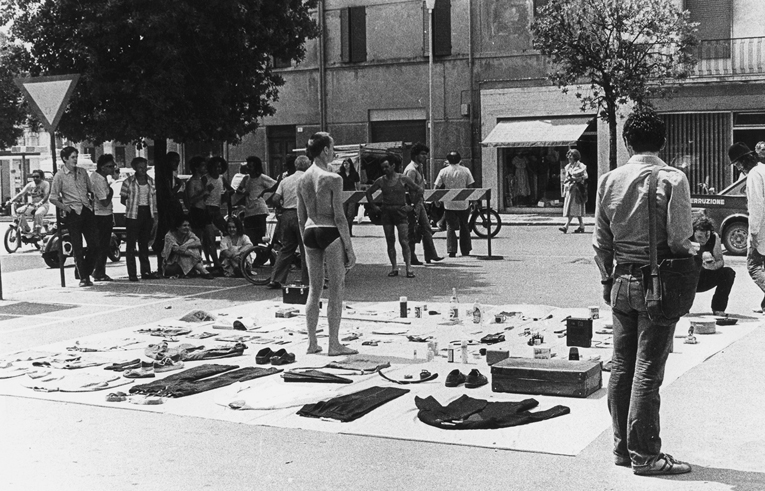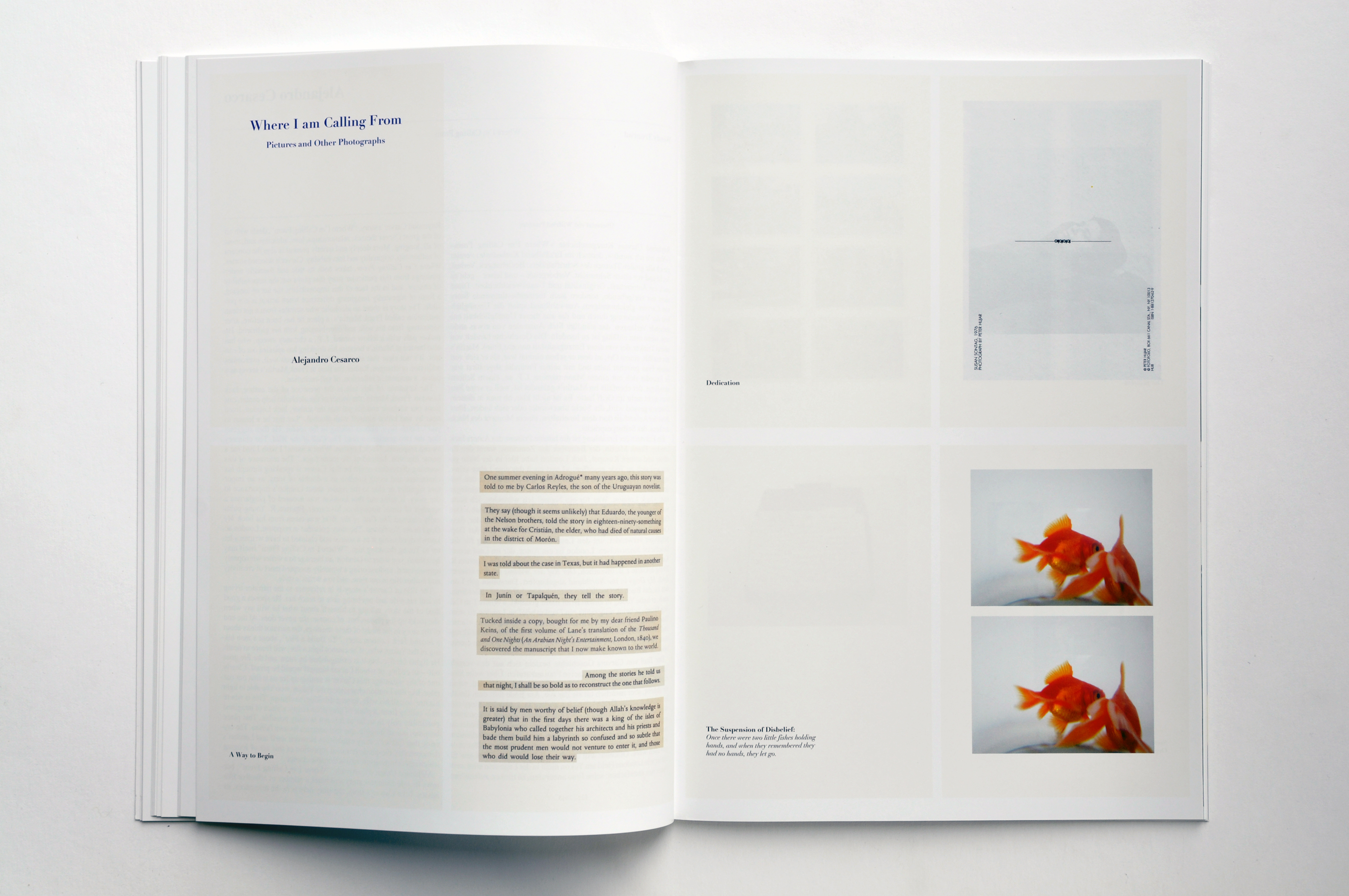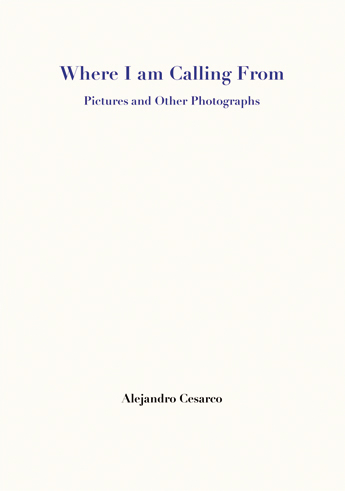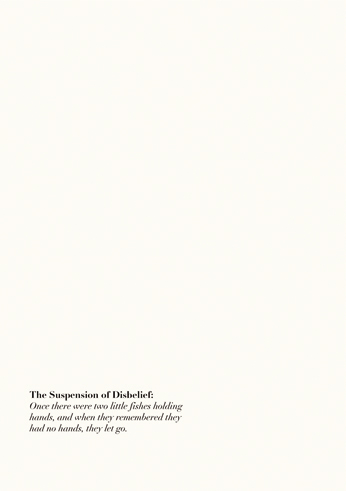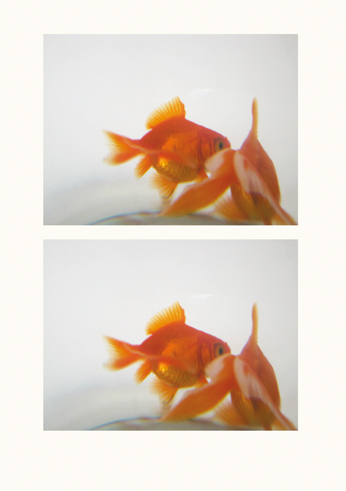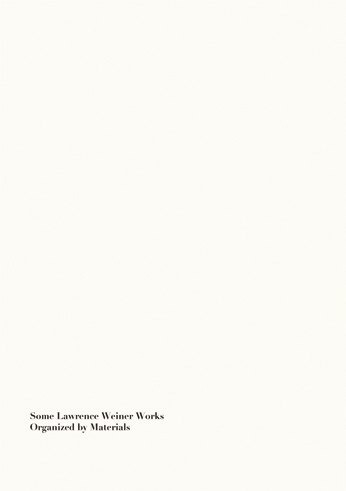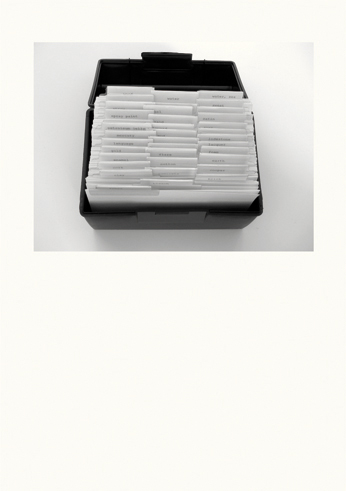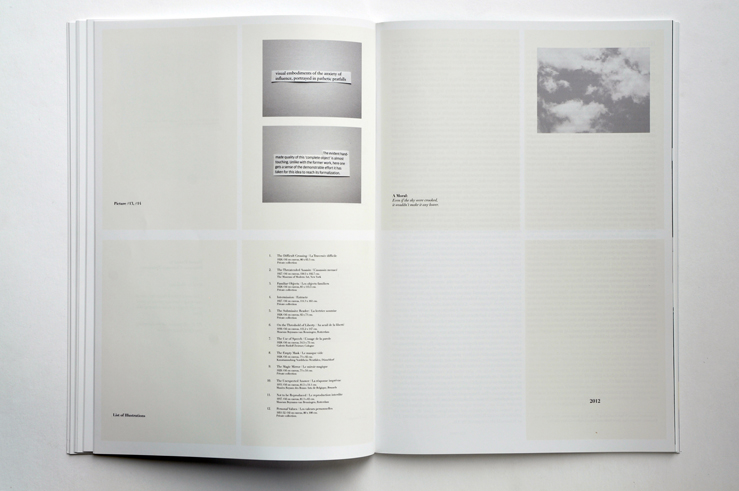Camera Austria International
121 | 2013
- SANDRA KRIŽIĆ ROBAN
Gorgona: A Thought for March — “Nothing” - GORGONA
- SANDRA KRIŽIĆ ROBAN
Miljenko Horvat: Heralding Sebald - MILJENKO HORVAT
- JOANNA WARSZA
Into a Nightmarish, Unknown Future - AKADEMIA RUCHU
- NICOLE SIX & PAUL PETRITSCH
- WENDY TRONRUD
Where I′m Calling From
- ALEJANDRO CESARCO
- T.J. DEMOS
Spectro-Aesthetics 1/4 On (In)Sensible Politics

Preface
Camera Austria International 121 | 2013
Preface
Entries
Forum
OPEN CLASS AT THE ACADEMY OF FINE ARTS VIENNA
Exhibitions
Lieber Aby Warburg, was tun mit Bildern? Vom Umgang mit fotografischem Material
Museum für Gegenwartskunst, Siegen
CHRISTINA NATLACEN
Jonas Mekas
Serpentine Gallery, London
MARTIN HERBERT
Ian Wallace: At the Intersection of Painting and Photography
Vancouver Art Gallery
CLINT BURNHAM
Das Bauhaus im Bild: Die Fotosammlung Thomas Walther
Stiftung Bauhaus Dessau
CAROLIN FÖRSTER
Vienna′s Shooting Girls: Jüdische Fotografinnen aus Wien
Jüdisches Museum Wien
ULRIKE MATZER
Hans Schabus & The Center for Land Use. Interpretation: Double Crossings
MAK Center for Art and Architecture / Mackey Garage Top, Los Angeles
JOANNA FIDUCCIA
Keine Zeit. Erschöpftes Selbst / Entgrenztes Können
21er Haus, Wien
At Your Service – Kunst und Arbeitswelt
Technisches Museum Wien
MANISHA JOTHADY
Light from the Middle East: New Photography
Victoria and Albert Museum, London
PAOLO MAGAGNOLI
Jack Smith: Extra Trouble
MMK, Frankfurt/Main
Live Film – Queer Life! Underground unterwegs
Künstlerhaus Mousonturm, Frankfurt/Main
GISLIND NABAKOWSKI
Bogomir Ecker: Idylle + Desaster
Teil 1: Idylle + Desaster, Museum für Fotografie, Berlin
Teil 2: Was das Foto verschweigt, Museum für Photographie Braunschweig
ESTELLE BLASCHKE
Liz Deschenes
Secession, Wien
KATHI HOFER
Joachim Koester: Maybe One Must Begin with Some Particular Places
S.M.A.K., Ghent
STEFAAN VERVOORT
Jorge Ribalta: Field Works
ángels barcelona
STEPHANIE SCHWARTZ
How Are We Performing Today? New Formats, Places, and Practices of Performance-Related Art
Symposium at MoMA, New York
JUDITH RODENBECK
Andrea van der Straeten: [as if]
Casino – Forum d′art contemporain, Luxemburg
Oberösterreichische Landesgalerie, Linz
HERBERT JUSTNIK
Where Is PERMAFO?
Wrocław Contemporary Museum
JAKUB MAJMUREK
Books
Poppy. Trails of Afghan Heroin
Hatje Cantz Verlag, Ostfildern 2012
JOCHEN BECKER
Ariella Azoulay: Civil Imagination. A Political Ontology of Photography
Verso Books, London 2012
TACO HIDDE BAKKER
Wenn Gesinnung Form wird
Spector Books, Leipzig 2012
KRZYSTOF PIJARSKI
Originalausgabe / Original Issue
Dent-De-Leone, London 2012
WALTER SEIDL
THE REVOLVING BOOKSHELF
Isa Genzken: Der Spiegel 1989 – 1991, Walther König, Köln 2003
Rainald Goetz: 1989. Material 1 – 3, Suhrkamp Verlag, Frankfurt/Main 1994
Rob Johannesma: Spots of Time, Roma Publications, Amsterdam 2012
JAN WENZEL
Imprint
Dank / Aknowledgements:
Michael Baers, Sabine Breitwieser, Alejandro Cesarco, T.J. Demos, Lucija Dujmović, Sandra Križić Roban, Galerie Zak | Branicka (Berlin), Gorgona (Dimitrije Bašičević, Miljenko Horvat, Marijan Jevšovar, Julije Knifer, Ivan Kožarić, Matko Meštrović, Radoslav Putar, Ðuro Seder, Josip Vaništa), Radmila Iva Janković, Andy Jelčić, Werner Kaligofsky, Ana Knifer, Grzegorz Laszuk, Tanya Leighton (Berlin), Bartłomiej Lis, Matthias Michalka, Paolo Mofardin, Murray Guy (New York), Akademia Ruchu (Janusz Bałdyga, Joanta Krukowska, Wojciech Krukowski, Cezary Marczak, Zbigniew Olkiewicz, Krzysztof Żwirblis), Nicole Six und / and Paul Petritsch, Robert Stürzl, Wendy Tronrud, Žarko Vijatović, Irena Vrakljan, Raum mit Licht / Josephine Wagner (Wien / Vienna), Joanna Warsza, Freie Klasse der Akademie der bildenden Künste (Wien) / Open Class at the Academy of Fine Arts (Vienna)
Copyright © 2013
Alle Rechte vorbehalten. Nachdruck nur mit vorheriger Genehmigung des Verlags. / All rights reserved. No parts of this magazine may be reproduced without publisher’s permission.
Für übermittelte Manuskripte und Originalvorlagen wird keine Haftung übernommen. / Camera Austria International does not assume any responsibility for submitted texts and original materials.
ISBN 978-3-900508-94-4ISSN 1015 1915
GTIN 4 19 23106 1600 5 00121

